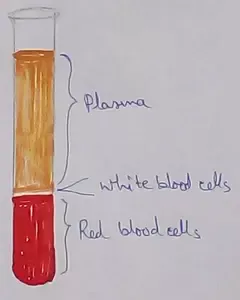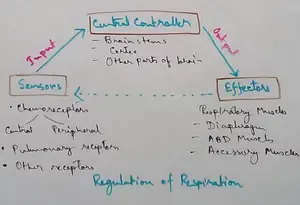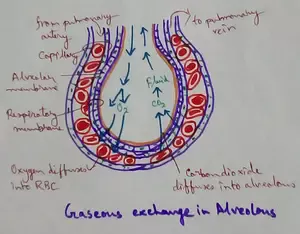Worksheet on Our Earth
Worksheet on our Earth contains various types of questions on layer of the Earth, shape of the Earth, rotation of the Earth and revolution of the Earth.
We know that we live on the outer part of the earth known as the crust which is the cool part. The middle part is called the core and the part between the crust and the core is called the mantle.
I. Fill in the blanks:
(i) The Earth ____________ around its axis.
(ii) The outer part of the earth is called the ____________.
(iii) The Earth is very ____________ inside.
(iv) The Earth is not perfectly ____________.
(v) The part between the crust and the core is called the ____________.
II. Write ‘C’ for the
correct statements and ‘W’ for the wrong statements:
(i) The revolution of the Earth causes day and night.
(ii) The earth is slightly flattened at its top and bottom.
(iii) The part between the core and the mantle is the crust.
(iv) The Earth takes 300 days to complete one revolution around the Sun.
(v) Our Earth is the only planet having life on it.
III. Answer the following questions:
(i) How many days does the Earth take to complete one revolution around the Sun.
(ii) What is the shape of the Earth?
(iii) How does our Earth look from outer space?
(iv) What causes different the seasons?
|
IV. Match the following: (i) Orbit
(ii) Mantle (iii) Rotation (iv) Core (v) Revolution |
(a) The art between the crust and core. (b) About 24 hours.
(c) A fixed path of revolution of the Earth. (d) About 365 days. (e) Very hot part of the Earth at the middle. |
Check the answers of the worksheet on our Earth:
Answers:
I. (i) rotates
(ii) crust
(iii) hot
(iv) round
(v) mantle
II. (i) W
(ii) C
(iii) W
(iv) W
(v) C
III. (i) The Earth takes bout 365 days to complete one revolution around the Sun.
(ii) The shape of the Earth is like a round ball which is slightly flattened at the top and bottom.
(iii) Our Earth looks like a beautiful blue ball from outer space.
(iv) The revolution of the Earth causes different seasons.
|
IV. (i) Orbit (ii) Mantle (iii) Rotation
(iv) Core (v) Revolution |
(c) A fixed path of revolution of the Earth. (a) The art between the crust and core.
(b) About 24 hours. (e) Very hot part of the Earth at the middle. (d) About 365 days. |
• Our Earth
From Worksheet on Our Earth to HOME PAGE
Recent Articles
-
What Is Plasma? | Blood Plasma | Proteins | Nutrients | Cholesterol
Nov 07, 25 10:29 AM
Blood is a mobile fluid which is a connective tissue and is derived from the mesoderm like cell any other connective tissue. Colour of blood is reddish and that flows inside the blood vessels by means… -
Disorders of Respiratory System | Tuberculosis | Pleurisy | Emphysema
Oct 28, 25 11:39 PM
Tuberculosis is very common disease and is caused by a type of bacteria called Mycobacterium tuberculosis. This disease causes different trouble in the respiration and infection of several parts of th… -
Regulation of Respiration | Respiratory Centres | Inspiratory Area |
Oct 14, 25 12:13 AM
Respiratory Centre is the area that controls the rate of respiration and it is observed to be located in medulla oblongata and pons. Respiratory Centre has the following will dispersed components like… -
Explain Transport of Gases | External Respiration | Tissue Respiration
Oct 09, 25 11:35 PM
In humans gaseous exchange is completed in the following ways the steps are - External Respiration or Breathing - Breathing in false taking in of Oxygen and giving out of carbon dioxide in the body. M… -
Kind and Number of Teeth | Location of Teeth in Mouth | Care of Teeth
Sep 11, 25 12:52 AM
Kind and Number of Teeth





New! Comments
Have your say about what you just read! Leave me a comment in the box below.